The University of Chicago Press, Chicago 60637
The University of Chicago Press, Ltd., London
2010 by The University of Chicago
All rights reserved. Published 2010
Printed in the United States of America
19 18 17 16 15 14 13 12 11 10 1 2 3 4 5
ISBN-13: 978-0-226-26013-6 (cloth)
ISBN-10: 0-226-26013-5 (cloth)
ISBN-13: 978-0-226-26014-3 (e-book)
Library of Congress Cataloging-in-Publication Data
Frank, Arthur W.
Letting stories breathe : a socio-narratology / Arthur W. Frank.
p. cm.
Includes bibliographical references and index.
ISBN-13: 978-0-226-26013-6 (hardcover : alk. paper)
ISBN-10: 0-226-26013-5 (hardcover : alk. paper)
1. Discourse analysis, NarrativeSocial aspects. 2. Narration (Rhetoric)Social aspects. 3. Dialogue analysisSocial aspects. 4. StorytellingSocial aspects. I. Title.
P302.7.F732010
808.3'93dc22
2009053092

The paper used in this publication meets the minimum requirements of the American National Standard for Information SciencesPermanence of Paper for Printed Library Materials, ANSI Z39.48-1992.
Prologue
Mabel, people want to know about things in your life in a way they can understand. You know, how you got to be who you are. There has to be a theme.
I dont know about no theme.
I squirmed in my seat. Her hands didnt move. A theme is a point that connects all the dots, ties up all the stories...
Thats funny. Tying up all the stories. Why somebody want to do that?
When you write a book there has to be a story or idea, a theme...
Well, theme I dont know nothing about. Thats somebody elses rule. You just do the best way you know how. What you know from me.Greg Sarris, Mabel McKay: Weaving the Dream
None of us can ever retrieve the innocence before all theory when art knew no need to justify itself, when one did not ask of a work of art what it said because one knew (or thought one knew) what it did.Susan Sontag, Against Interpretation
I can only answer the question What am I to do? if I can answer the prior question Of what story or stories do I find myself a part?Alasdair MacIntyre, After Virtue
We are all the victims of stories in one way or another, even if we are not in them, even if we are not born yet.Iphigeneia in Barry Unsworth, The Songs of the Kings
This book proposes ways to think about and study stories so that we can learn to live better with the stories that surround and circulate through our lives. The book is also about dialogue, which can begin by hearing each of these epigraphs talking to the others.
Greg Sarris reports a conversation in which he is thinking like the graduate student he is at that time, working to produce an ethnographic narrative analysis for his dissertation. He believes he needs a theme that connects the stories told by the subject of his dissertation, Mabel McKay, a world-renown Native American artisan. The woven baskets for which she is most famous are part of her practice as a traditional healer. And in all she does, Mabel McKay is a storyteller. She finds the idea of tying up all the stories to be funny. Thinking about stories that way is somebody elses rule. She knows that stories are too lively and too wild to be tied up.
Mabel McKay is a living exemplar of the world that Susan Sontag laments as being lost. Mabel McKay does not need to ask what artworks say, because what stories do is immanent in her life and being. The baskets she weaves and the stories she tells are less things she produces than vital forces she works with to affect the lives of those around her, from her family to strangers who view her work in museums. In her practices, stories do things that most people would think of as good.
Iphigeneia speaks as a character in the retelling of an ancient story, and that story casts her as its victim. Iphigeneia knows what story she is in, and what it requires her to do is terrible. The story takes place at the beginning of the Trojan War. The Greek army is assembled and ready to sail for Troy, but the seas are becalmed. The gods require a sacrifice before the winds will blow, and as Agamemnons daughter, Iphigeneia must be that sacrifice. The family story of which this moment is part extends back through generations of betrayals and murders, and the story will continue after her death to include more betrayals and murders, including that of Agamemnon. Iphigeneia knows she must become a sacrifice, because of the story that everyone is caught up in. That story is less her choice than her fate.
The title of this book, Letting Stories Breathe, proposes a trope that contrasts with the goal that Sarris has been taught and Mabel McKay deprecates: tying up stories. The problem of studying stories is how to avoid, so far as possible, imposing on them what Mabel McKay calls somebody elses rule. To do that, I pay attention as carefully as I can to what storytellers say about stories, which complements what many social scientists say. The study of stories I propose is less about finding themes and more about asking what stories do, which is to inform human life. Stories inform in the sense of providing information, but more significantly, stories give formtemporal and spatial orientation, coherence, meaning, intention, and especially boundariesto lives that inherently lack form. How stories inform lives can be a gift or a danger.
If MacIntyre is right that people derive at least some of their sense of what they must do from stories, then the stakes on studying stories are high. Mabel McKay stands for all who use stories to heal. Iphigeneia stands for all whose lives are imperiled by stories.
Stories make life good, but they also make life dangerous. They bring people together, and they keep them apart. This book is about humans necessary, inescapable, sometimes beneficial but too often imperfect companionship with stories. Its goal is to improve the terms of that companionship.
Introduction: Six Stories about Stories
Trust in the tale is old.
Virgil, The Aeneid (9.92, Robert Fagles, trans.)
Stories may not actually breathe, but they can animate. The breath imputed by this books title is the breath of a god in creation stories, as that god gives life to the lump that will become human. Stories animate human life; that is their work. Stories work with people, for people, and always stories work on people, affecting what people are able to see as real, as possible, and as worth doing or best avoided. What is it about storieswhat are their particularitiesthat enables them to work as they do? More than mere curiosity is at stake in this question, because human life depends on the stories we tell: the sense of self that those stories impart, the relationships constructed around shared stories, and the sense of purpose that stories both propose and foreclose.

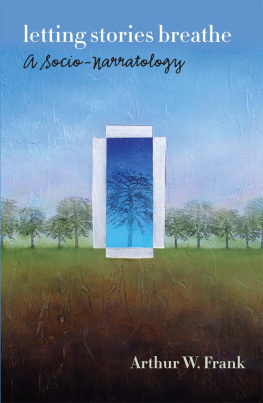

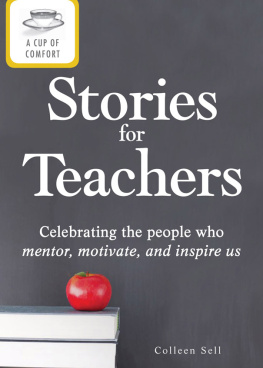


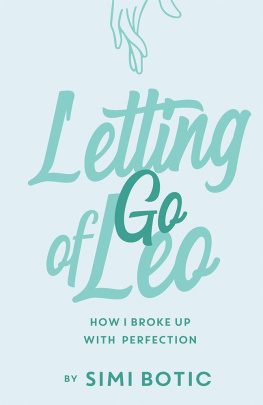

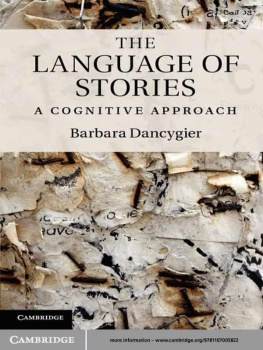
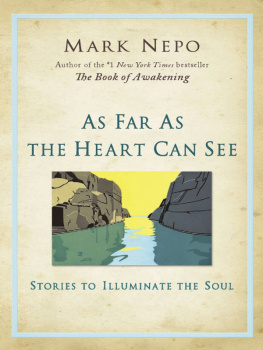
 The paper used in this publication meets the minimum requirements of the American National Standard for Information SciencesPermanence of Paper for Printed Library Materials, ANSI Z39.48-1992.
The paper used in this publication meets the minimum requirements of the American National Standard for Information SciencesPermanence of Paper for Printed Library Materials, ANSI Z39.48-1992.